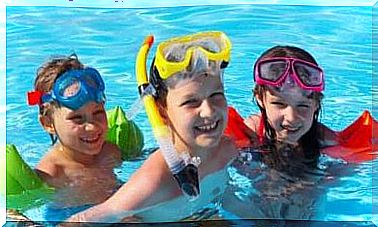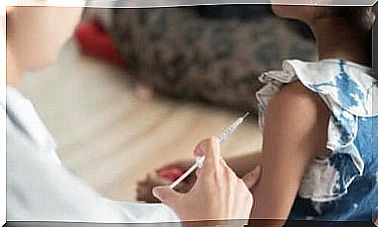The Use Of Silicone Nipples During Breastfeeding
Breastfeeding is a wonderful process between mother and child. However, it is not a period without problems, which are perfectly solvable. In this sense, the silicone nipple during breastfeeding is one of the best alternatives to mitigate possible inconveniences.
The important thing is, first of all, to determine the cause that prevents the baby from being breastfed. From there, a necessary action must be taken.
What is a silicone nipple?
Silicone nipples as a baby aid have been used for a long time. In the beginning, they were made with rigid and non-adherent materials, such as glass, metal, ivory, latex and rubber; and often they didn’t remedy the problem.
The good news is that these protectors have evolved. The models manufactured today are more skin-friendly and are molded to each woman’s anatomy.
Silicone is a soft, thin material with good moldability and adhesion. In addition, the design seeks convenience and maximum use of the product.
In which cases should we use the silicone nipple during breastfeeding
The use of silicone nipples usually occurs in the following situations, both in the mother and the baby:
Anatomical peculiarities of the mother, such as flat or inverted nipples
These are nipples that, even with an erection, do not protrude enough to allow breastfeeding, that is, they sink under the stimulus. To resolve this impediment, some measures are recommended. One of them is, precisely, to use the silicone tip.
![]()
soft tips
Nipples that are too soft are also not favorable for the child to be able to feed through them. In this case, it is also advisable to use a silicone nozzle.
Anatomical peculiarities of the child, such as the lingual frenulum
This happens when the baby has too much bridle under his tongue, which prevents him from sucking the milk properly. In this sense, the silicone nipple helps to better fix the entire mouthpiece to extract the milk.
The baby rejects the breast or has difficulty breastfeeding
There are babies who refuse to breastfeed and others who find it very difficult to breastfeed for a long time, for no apparent reason. Silicone nozzles can help in circumstances like these, due to their perfect design and because their material is very anatomically compatible.
babies born prematurely
Premature newborns are not strong enough to suckle. The firmness of the silicone nipples in the breast puts pressure on your mouthparts, which causes the appropriate stimulation.
In case of mixed breastfeeding or the need to induce a change
For example, when it comes to making the transition to bottle-feeding, or vice versa, from bottle to breast.
There are health circumstances of the mother or child that may have caused her to start bottle-feeding. When trying to breastfeed, the silicone nipple can be useful to help you adapt.
Cracks in the nipples
First of all, you need to sort out why the nipples were cracked. The use of silicone nipples because of this injury can represent a momentary relief for not interrupting breastfeeding. When the nipples heal, direct breastfeeding should be resumed.
Use the silicone tip correctly
The following guidelines must be followed to be able to correctly use the silicone nipple during breastfeeding and thus avoid additional problems:
- Follow the instructions for its correct use. Generally, the silicone nipple is similar to a pacifier. Fit it well on the nipples in a way that ensures a perfect grip. That way it will keep it from coming out, and you won’t have to reposition it all the time.
- Wear the right size. This refers to the nipple, not the size of the breast. If it’s too small for the nipple, it’ll keep moving, and if it’s bigger than necessary, so will it.
- Stay in the correct position to breastfeed. Both the mother and the baby must maintain the recommended physical position for the baby to breastfeed, both with the silicone nipple and without it.
- Handle the silicone tip with great hygiene. Milk spoils quickly and the silicone nipple can fill with germs. Therefore, it is recommended to sterilize and wash silicone nozzles always with soap and water.
![]()
When you stop using the silicone nozzle
In short, the silicone nipple during breastfeeding should be discarded once the problem that gave rise to its use is resolved. As for nutrition, the newborn’s weight and health should be the reference to know if it is sufficiently fed.
If there is no reason to use the silicone tip, it should not be used, as it can cause discomfort and interference in a process that has to flow in a completely natural way.








